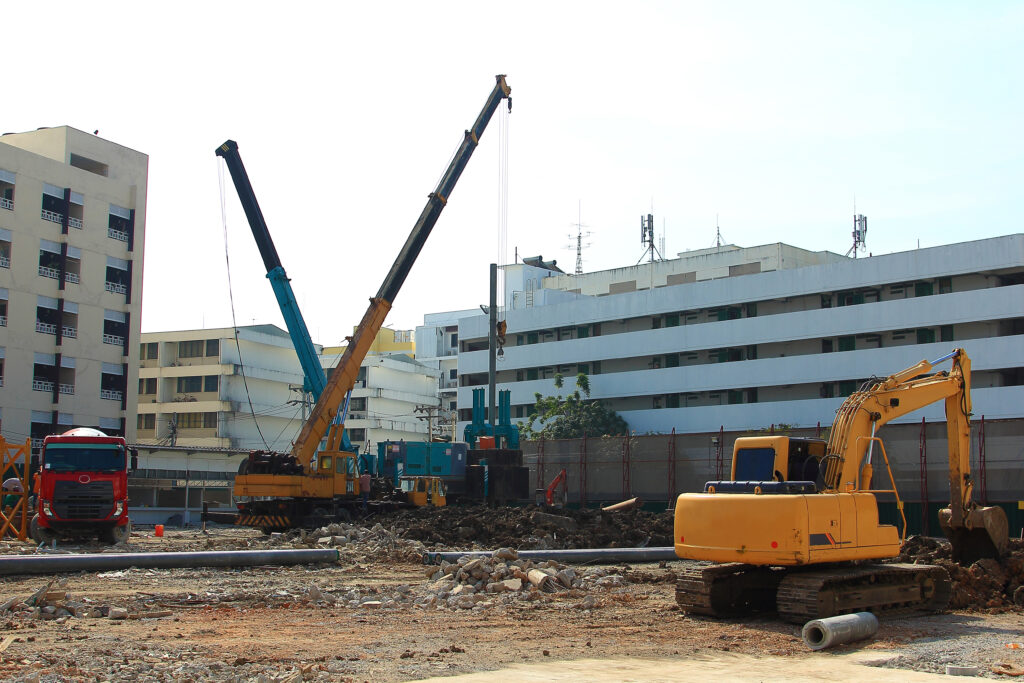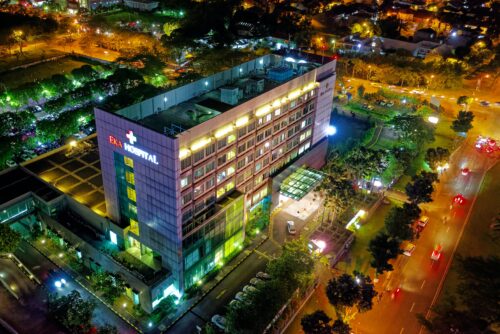Major gifts fundraising may seem oblique if you are new to it. Here are four tips to help your hospital or medical center launch a major gifts effort.
Raising major gifts is a key component of hospital fundraising success. Mail appeals, annual giving, and events will always play an important role in hospital fundraising, but major gifts can be transformative for hospitals.
Major giving results in the largest fundraising return, and yet many hospitals don’t focus on major gifts because it can seem like “too much effort.”
Some hospital leaders don’t understand it. But that means significantly less revenue and potentially even financial difficulties—not to mention failing to present potential donors an opportunity to express their gratitude with a gift.
Given the opportunity, major gifts should play the largest role in your fundraising efforts. But what should raising major gifts look like? Each hospital is unique, but here are four principles for successful hospital major gift fundraising.
Focus first on your hospital funding priorities
Fundraising shouldn’t drive your priorities. Your priorities should drive your fundraising and align with your mission. Before sending gift officers out with the aim of raising large gifts, you must first determine what the priorities at your hospital are, and how much they cost. We know that major gifts provide the largest return on investment for hospital fundraising, and that major gifts take longer to acquire: they cannot, therefore, be an afterthought.
Consider what priorities you wish to raise money for. Is it a capital campaign, a new building to provide space, maybe equipment or new programs? If you’re in an academic setting, is there a need for scholarships, academic endowments, research, or training? Gift officers must know what the priorities are, so that they can share those priorities with donors clearly and effectively.
Find potential donors
Before identifying new donors for your hospital, look inward first. Your current donors are giving for a reason, and they are likely to be your largest future potential donors—and the cheapest to “acquire” as major donors, insofar as they are already keyed into your mission. Moreover, donors who can only make small gifts each year, are prime candidates for planned gifts, which is indicated by their long-term loyalty.
After mining your active donors, assign gift officers to work with individual physicians or service lines, and task them with discussing potential donors and grateful patients on a regular basis. Their conversations should be focused on answering two primary questions: (1) does a potential donor show inclination of gratitude, and (2) is it possible they have the capacity to make a major gift? Based on this discussion, gift officers should have the resources to do some research and circle back with the physician to determine next steps. Once a meeting is acquired with a potential donor, gift officers will be able to assess the possibilities.
Track progress with accountability
Clearly defined expectations for gift officers are a must. Accountability and metrics are incredibly important for gift officers. There is no universal standard, and any number of factors can affect the goals your department sets. That said, you can’t identify the factors that affect your hospital without first setting goals and paying attention to how realistic they are.
As a rule of thumb, it is a common practice for hospital gift officers to take 12-15 donor meetings each month. Most new meetings won’t result in a major gift, but taking the time to visit with prospects is the only way to find and develop new donors. Setting and taking this many meetings requires a lot of time and effort, so make sure your gift officer’s prime responsibility is to schedule and hold meetings with potential donors.
Gift officers then need a reasonable, attainable goal for how much they are expected to raise each year. Two cautions: a new gift officer focused on major gifts may take up to a year to develop a portfolio, and if they are responsible for other things such as event planning or marketing, their goal may be unattainable. Remove any obstacles.
Build strong relationships with potential donors
We all like to feel connected to a purpose bigger than ourselves. As a fundraiser, find a way to connect donors and potential donors to the mission of your hospital and provide them this necessary, human feeling of “belonging.”
Always be thanking your donors, but always be sharing information with donors about what’s happening at the hospital, as well. The primary way I’ve found to do this with donors is to make them feel like a part of the process by hearing directly from physicians and hospital leadership. Make donors feel like a part of the family, like they’re on the inside track. The more physician and leadership involvement the better. Take donors out to lunch or dinner or meet virtually. The goal is to share what’s happening at your hospital, and to describe the challenges and goals. This provides potential donors an insider’s look behind the scenes at what’s going on at the hospital.
Hands-on tours or equipment demonstrations are great, but they may not be practical until we move out of the COVID era. While it’s important, moreover, to be frank about challenges, you must encourage donors to dream with you. Help them understand what they could accomplish if they were to be involved philanthropically. Don’t be bashful about what success would look like. They’re already grateful. Help make them the hero to improve the lives of others.
Major gifts in hospital fundraising can transform your fundraising success, but it takes time and consistent effort. Focus on priorities, identify potential donors, track progress, and build strong relationships. Over time, results will come.






